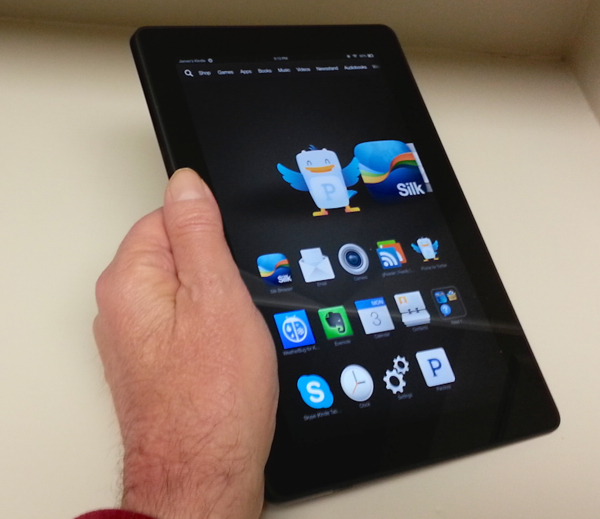Mobile is killing Windows in the consumer space

Microsoft has changed. In large part this is in response to the way computer users have changed. In this increasingly mobile world, how consumers use their PCs is much different than in the past. The popularity of mobile devices has fueled that change, as they've moved into the home. This may be the obstacle that proves to be too much for Microsoft and Windows.
Windows 8 was a major change for the biggest OS in the history of PCs. Microsoft engineers tried to bridge the gap between enterprise workers and regular PC users.
Regular PC users are typical consumers who have a PC at home that in the past was their only computing solution, so they used them all the time. Given the popularity of mobile devices, the PC now sits idle for long periods.
This has turned a big segment of formerly regular PC users into casual PC users. They only return to the Windows PC or the Mac infrequently. The rest of the time they pick up their smartphone or tablet to do the things they did on a PC not that long ago. The mobile device invaded the home, and the PC was set aside for the most part.
Former regular PC users are now mobile device users, and it will be difficult for Windows to bring them back into the fold.
Windows 8 is an attempt to bridge the gap between work functions and mobile usage. Microsoft did a decent job with this bridge, but it’s not resonating with the casual PC user. They’d rather pick up the tablet at home and do things than fire up Windows, no matter what type of device that's running it.
A big reason for this is that in spite of the changes in Windows 8, it falls short of what consumers want in a key area. Windows 8, like every version of the OS before, is not built for the casual PC user. As my colleague Adrian Kingsley-Hughes recently wrote, sitting down in front of a Windows PC that's been idle for a while often finds an update situation that doesn't exist on mobile devices.
The update process is better on Windows 8 than previous versions, but it’s still often the first thing a casual PC user has to deal with when the system has been sitting idle for a while. Even with updates applied automatically, the casual PC user is regularly faced with a system reboot to apply downloaded updates when they go back to the PC.
They can’t just sit down at the PC and do something quickly. They've heard horror stories about failing to apply security updates, so they can’t comfortably put off the reboot required to apply the updates. A quick session just became more involved with applying updates they missed due to the hiatus between system uses.
I'm not a typical PC user, but I share this frustration with the casual PC user. I use several devices (and platforms) regularly, which means I pick up my Windows 8 hybrid about once every week or two.
I am often confronted with the update reboot, which prevents me from just picking up the system and doing things. I can’t bring myself to put off the reboot, as it is ingrained in me to get those security updates applied. This update process makes me hesitate grabbing the Windows PC before heading out the door.
This is a big challenge for Microsoft with Windows 8 and its attempt to appeal to all users. Former regular PC users are now mobile device users, and it will be difficult for Windows to bring them back into the fold.
It’s probably not intentional, but Windows is still designed for regular use to avoid the update interruption casual PC users are faced with. They put up with this in the past but they've seen it doesn't have to be this way, so they’ll continue to happily use their mobile devices when they get home.
This is Microsoft's biggest challenge with Windows. The size of the market means the company must crack the consumer space to stay relevant. That's why it is pushing tablets to the mainstream consumer.
This isn't going to work given the nature of Windows. Even those nifty Windows tablets rely on the update process like their bigger siblings. The thing that makes casual PC use a pain in the rear. The thing that mobile devices don't force on users.
Windows has never really been a consumer platform, but for decades it was the only choice for the most part. That's no longer the case, and mobile devices are largely to blame.
Consumers love mobile devices. They buy them and they use them constantly. This pushes Windows away from the home and more firmly into the workplace. Windows will continue to rule the enterprise, but Microsoft needs to tap the big consumer market to remain viable in the long term.
The soon-to-appear cheap Windows laptops won't appeal to consumers, nor will the smorgasbord of Windows tablets appearing regularly. Windows 8 has some advantages over other mobile platforms, but consumers have in large part already moved past Windows and they're not coming back. That's not something Microsoft can easily change, and it may be the end of Windows in the consumer space.
See also:
